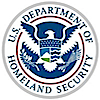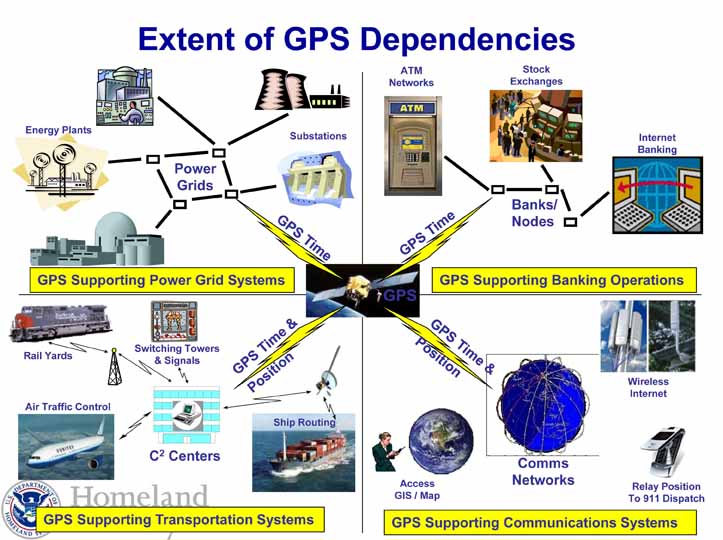
The Department of Homeland Security (DHS) will soon be taking new applications for its unmanned aircraft assessment program — a project that gives potential government customers at local, state, and federal levels an impartial evaluation of the strengths and costs of different systems.
The Department of Homeland Security (DHS) will soon be taking new applications for its unmanned aircraft assessment program — a project that gives potential government customers at local, state, and federal levels an impartial evaluation of the strengths and costs of different systems.
Overseen by the DHS’s Science and Technology Directorate, the Robotic Aircraft for Public Safety (RAPS) program is meant to provide a sort of “Consumer Reports” for small unmanned aircraft systems (SUAS) said Kirk Kloeppel, the RAPS program manager and test lead at DHS contractor Modern Technology Solutions, Inc.
“There’re a lot of companies that you are going to see here this week interested in selling a municipality a small, unmanned system,” Kloeppel told the audience at the Association for Unmanned Vehicle Systems International conference (AUVSI 2013) in Washington this week (August 13, 2013). “What DHS is interested in doing is being able to filter through some of that and be an honest broker . . . and let you understand what does work and what does not.”
Being able to choose wisely can help prospective customers among the roughly 30,000 fire departments and 18,000 police departments in the United States. Some of these departments, he said, have aircraft that cost as much as $3 million to buy and $400 to $500 an hour to fly. Small, unmanned systems can be purchased for $30,000 to $100,000 a piece and may cost only $25 to $50 an hour to operate.
“For the average cost of a police cruiser the community may be able to have an unmanned system to help them with their police or fire situations,” Kloeppel said. RAPS looks at suitability, reliability, and overall cost to procure and maintain a system.
The first round of assessments accepted craft weighing 25 pounds or less that would fly at altitudes of 400 feet or lower. The platform must also have at least 1,000 hours of flight time on it, Kloeppel said. “We didn’t want something that was in development coming into the test program until it was mature.”
His program evaluates both the platform and the sensors on board, including key performance parameters such as endurance, stability, and resolution. For example, the first RAPS report released in April — on the Lockheed Martin Aeronautics Company’s Stalker and Stalker XE UAVs — noted the platforms’ capability to provide “GPS positions of numerous objects and individuals.”
The RAPS assessment uses a wide variety of simulated, but realistic, operational scenarios that focus on situations in which human lives are in imminent danger.
A single, uniform test plan is employed for all the systems with all work done at the same site so that one-to-one comparisons among systems can be easily made. The tests take place at U.S. Army’s Fort Sill training range near Lawton, Oklahoma.
Of the more than 70 firms that applied to have their systems evaluated during the inaugural round of testing, some 50 companies had small craft that fit the program profile and were accepted into the program. Tests for 9 companies and 15 platforms have been completed and are being posted. The testing are free of charge, and the results are open to public agencies and organizations authorized to use the unmanned systems.
What they have found while doing the tests, Kloeppel said, is that “no platform performs well in all scenarios.” Fixed-wing craft work well in search and rescue situations and when evaluating a fire scene. Rotary craft are particularly adept for crime, arson, and accident investigations.
The full reports contain proprietary information from the companies and are therefore only available to authorized personnel at the DHS website for first responders <https://communities.firstresponder.gov>, he said though the public will be able to to get an executive summary of results at <firstresponder.gov>.
RAPS plans to put out another Request for Information this fall, giving more companies a chance to joint the program. The new opportunity may, like the first, be limited to unmanned craft weighing 25 pounds or less though it is possible, said Kloeppel that it could be opened to craft weighing twice that.
Homeland Defense is also poised to expand RAPS to a new arena. The University of Alaska is crafting testing criteria for a marine version of the program called RAMPS — Robotic Aircraft for Marine Public Safety, said Greg Walker, the Director of the Alaska Center for Unmanned Aircraft Systems Integration.
Few of today’s unmanned systems are actually suitable for marine use, said Walker, noting, for example, that many are not waterproof. “Landing on the water or on a boat — that is a problem,” he said.
RAMPS will test the systems available today for marine applications and work to better document the opportunities for maritime-capable UAVs. Demand for such marine-capable systems already exists, he said, including a desire to use unmanned aircraft to support the energy sector, help address oil spills, and monitor marine life.
The test plan for RAMPS is being formulated now but will need to be approved by DHS, said Timothy Barnes, who is also with the Alaska center. He said that the program might be available by next spring or summer.




